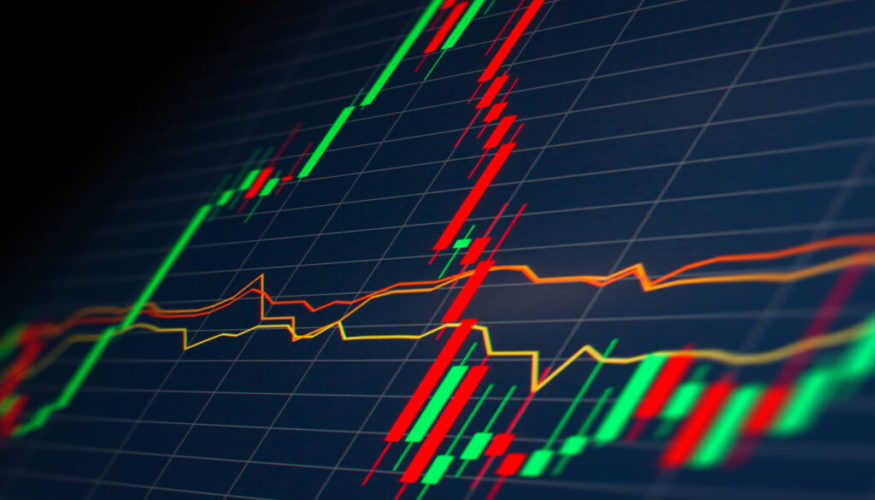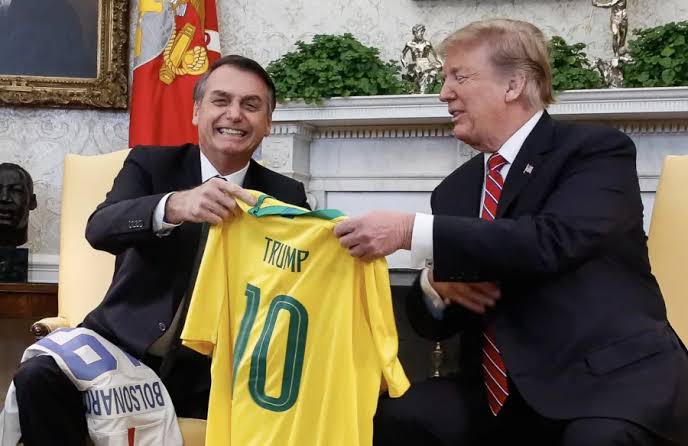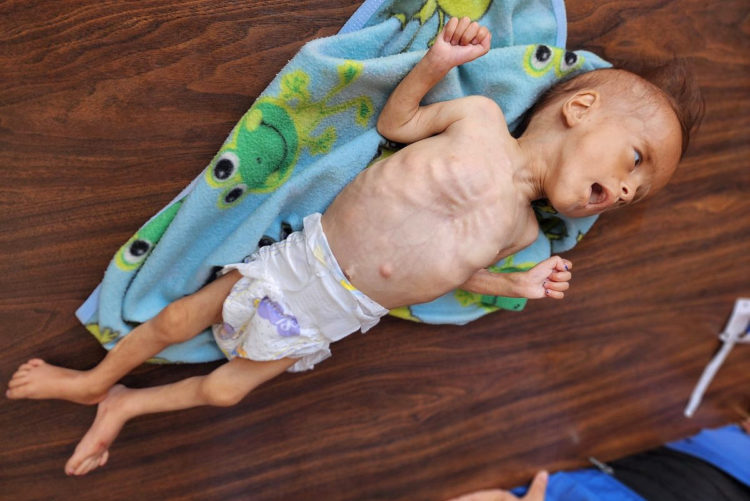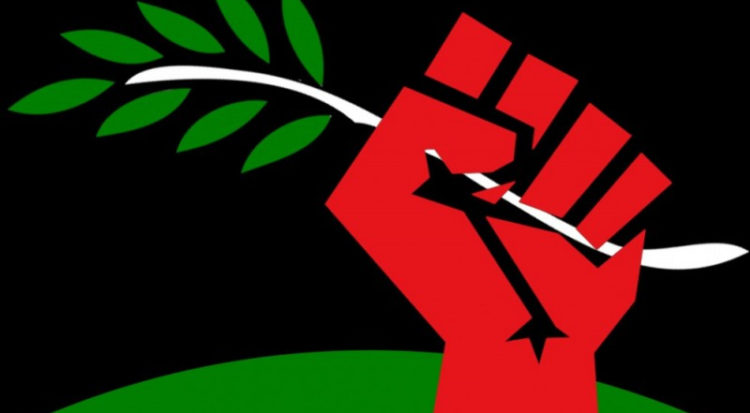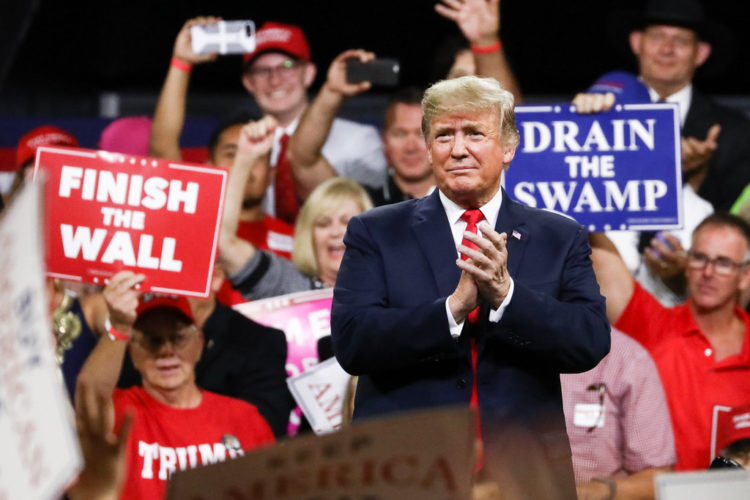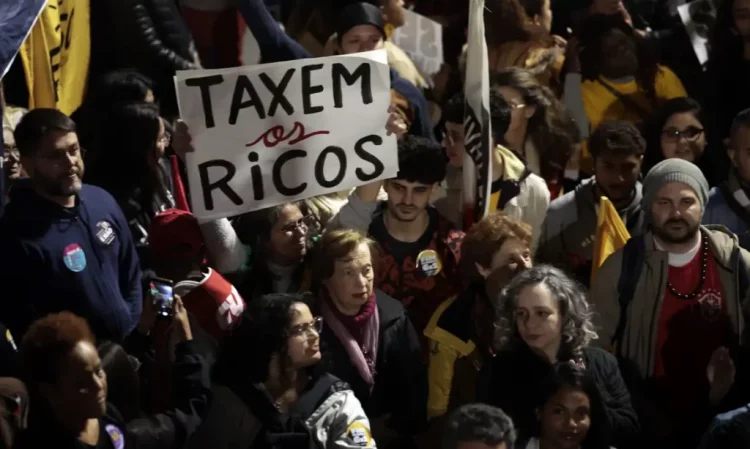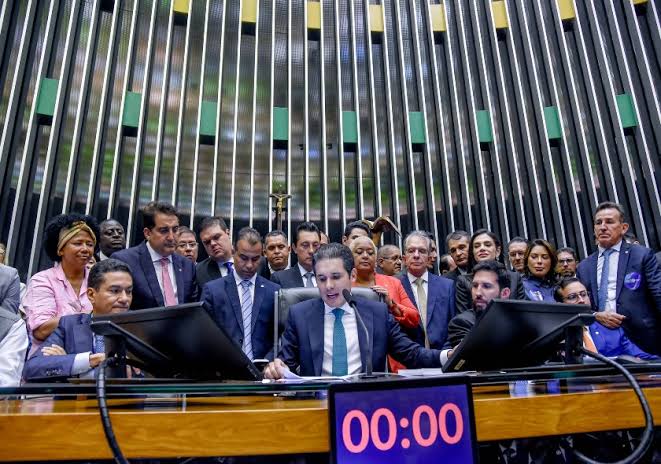The collapse of the banks and the multidimensional crisis of capitalism
Guidance notes for the necessary debate on the current crisis.
1/ The financial crisis. According to Michael Roberts, “a financial crisis is developing that has not been seen since the global economic crisis of 2008”. In effect, after the collapse of Silicon Valley Bank (SVB) and Silverlake in the US, the tide crossed the Atlantic and reached Credit Suisse, which ended up being bought by USB and threatens to continue if the government does not go to the rescue of other banks. For now, this seems to be the approach to a very difficult task; rescuing the banks to regain confidence in the current banking system, which moves not only with credit loans but in the market of financial speculation with fictitious capital, cryptocurrencies, bonuses, derivatives, etc., a set of fictitious and therefore volatile capital.
The distrust has to be great since it is a new collapse after 2008, which in our view inaugurated a chronic crisis in capitalism.
Attempts are made to avoid a crisis like the one in 2008 where the tide became unavoidable and the Obama administration ended up saving the big banks at the expense of the taxpayers who lost their homes, deposits, etc. and resulted in a worldwide recession. At the present time this Obama policy would cause a serious crisis in governments that are already fragile and weak. It would be disastrous another collapse; and economically, it would probably trigger a new and deep recession. “So it is better to ‘print more money’ to rescue bank depositors and bondholders and avoid financial contagion, since the banking system is so interconnected” (Michael Roberts). However, after the Credit Suisse collapse this contagion seems to extend.
There is a big difference between Marxist economists like Michael Roberts or Hudson and the analysts of capitalism who tend to regard crises as isolated critical facts within the economic system. They recognize that the economy is not doing well, but they say, “if you save the banks in trouble you stop or you solve the crisis.” The economy grows again. The current crisis is not a new crisis that will pass. Or better said, it may pass temporarily for the big financial groups, but not for the economy as a whole. Albarracín, the economist linked to the anti-capitalists in Spain puts it this way: “In short, this is not an isolated management or liquidity crisis, but a symptom of a deeper crisis. A crisis of profitability and investment that, in a return flooded with fictitious capital and debt, is showing the first signs of a new financial crisis, inaugurated in 2014 and briefly interrupted by the pandemic, is reaching its end.”
Ultimately, if the banking collapse spreads to the big banks, the capitalist governments will use the money to save the banks and not, for example, to promote large public works plans and thus reactivate the economy and create jobs. They will socialize the losses of capitalism, they will take away workers’ benefits, and on the other side they will produce a greater concentration of capital.
That will be the attempt. But the system will not return to normality. The crisis and the government response generates struggles, resistance, rebellions like the ones we saw in Latin America in 2019 before Covid, during and after, and like the one we see now in France and with that more difficulties for capitalism and social polarization. The idea that money should be public (nationalized) is a slogan that the vanguard of the movement can understand as a response to this crisis.
2/ We risk the opinion that the current financial crisis is part of the crisis that has succeeded since 2008, which is more than an economic crisis but a chronic multidimensional crisis of capitalism from which it has not recovered. And now economically it is expressed in finances, inflation and possible stagnation. The situation of the downturn in big tech, the sector that is most dynamic and should lead the recovery has not happened; it seems to confirm what we have stated as a general downturn in economic growth, almost stagnation in most countries.
In 2008 this crisis began, which over the years we have defended in the IV as a multidimensional crisis where the economic crisis is combined, interconnected, the economic crisis, consequently the social crisis, the climate crisis, the health crisis, since Covid 19 was an accelerating element of this crisis. To these we have to add the crisis of the superstructures of domination, which the Fourth World War defines as global geopolitical chaos, of inter-imperialist competition due to the loss of hegemony of American imperialism, with war (especially in the Ukraine). And the advance of the new imperialism of China. The Russian invasion of Ukraine, a war that has already lasted more than a year and that has caused the increase of inflation and, with it, the interest rate. And on the other hand, the return to the use of fossil fuels (carbon, gas, oil) to destroy the commitments of the climate summits to reduce their use. The crises are interconnected.
3/ The Ukraine crisis is an expression that in bourgeois domination there are crises (geopolitical chaos) as also in their regimes in the different countries. And this crisis (geopolitical chaos) as also in their regimes of domination in the different countries. And this crisis is complicating everything. At the world level the product of competition between China (a country that has achieved important imperialist development) disputes world hegemony with the decaying hegemonic imperialism of the USA. It has the characteristic of being a second cold war of acute competition that for some analysts may lead to the danger of a third world war. (Although we do not consider this as the most likely prospect because it would be the destruction of the planet). Neither side is progressive. Both are exploiters of the workers and plunderers of the peoples. It is a cold war for territorial (geopolitical) influence and also a technological dispute. Although with technology there is an economic complementarity in the world of investments and industrial globalization, which makes the big economies (USA and China) have complementary relations, what is prevailing in the midst of the crisis is the inter-imperialist dispute of the two powers. A recent example of this dispute is the recent pact that under China’s tutelage has made Saudi Arabia and Iran great enemies until recently. The same goes for China’s closer ties with Russia. On the other side, the delivery and construction of submarines to Australia by the United States and Great Britain.
There is also another division that crosses the bourgeoisie in the world, and that is about which regime to govern with in the midst of the crisis and the social polarization. Sectors have arisen all over the world that postulate (and some succeed in carrying out), an authoritarian path that we call neo-fascism. This neo-fascism suffered defeats in the US (Trump) and in Brazil (Bolsonaro). Both were important democratic triumphs. However, it will continue to exist as an alternative because the causes that provoked it have not disappeared (disappointment with the parties and their politicians, racism, economic crisis that leads to despair in social sectors, among others).
If we look at the world, neo-fascist currents exist in many countries, and totalitarian regimes (not only neo-fascist) rule much more, among them China, Russia, the Philippines, Burma, Hungary, Poland, Israel with Netanyahu and in Nicaragua, El Salvador, Venezuela… Ultimately, this division in the world bourgeoisie has to do with the debate over which policy to use to confront the mass movement and its rebellions. For the more “democratic” world bourgeoisie (and we put it in quotes, because as imperialists they continue to support repressive regimes, like the US is doing with Dina Baluarte in Peru), it’s about reestablishing or maintaining democracy as the best way to continue with capitalist exploitation.
4/ The climate crisis is an essential component of the situation. The Marxist economist Michael Hudson from the US described the current banking crisis as icebergs breaking off from the south polar ice cap. In this way he combined the dynamics of the climate crisis with the financial crisis in a comparison. This is very opportune, because both exist: the economic crisis and, on the other hand, the climate crisis that threatens – or, better said, sets the pace for a planetary collapse – does not stop, but advances, causing great disasters, especially among the poorest populations.
There are differences in the ruling classes about what to do. There are the deniers (as is the case of Bolsonaro), and the sectors that want to control the crisis. So goals are set, but in general they are not met in the necessary amount. It is very difficult (not to say impossible) to escape or stop crises in the current system. On the one hand, due to the system’s own contradictions, the current minimal planning falls apart in a system in which the accumulation of capital and profits leads to an irrational appropriation of nature; a destructive relationship with it. The ideal would be a global governance or authority over the climate, but capitalism cannot achieve this in the midst of geopolitical chaos with the Ukraine war and the inter-imperialist dispute.
5/ The workers and peoples face the crisis. This is the other fundamental element of the world situation that for now increases the social and political polarization without offering a way out because there is no alternative. In an unequal manner, the workers and peoples are resisting and confronting both totalitarian regimes and fighting for their demands before bourgeois democracies. This process is spreading across the different continents.
In the US, after the great mobilization by Floyd, this process of organizations, stoppages and strikes for wages and labor rights is now also taking place. Under strong dictatorships, as is the case in Burma, people are also resisting. And even in China and Russia, where there is a strong control by their governments, there are also struggles.
The most significant is the new situation in France. After the social security reform was approved without passing by the deputies, the mobilization continues. Behind this fact there is a historic break with neoliberalism of French workers supported by the population. Does this mean that there is an independent historical action of the kind Lenin talked about? It would be risky to state such a hypothesis, but it is clear that this is a new situation in France, like the one England is also experiencing and that has infected Greece. Without these struggles and rebellions it would be impossible to understand the great difficulties that the bourgeoisie has and will have.
6. How is this situation affecting Latin America? In the Andean countries of Latin America, from Chile to Colombia, passing through Bolivia, Peru and Ecuador, there were great rebellions or insurrections that, although they did not give rise to an alternative direction that advanced in a rupture with the bourgeoisie, they had political and democratic triumphs, which also occurred in Brazil and previously in Mexico. The outcome of these processes concluded with elections in which governments emerged that, except for Ecuador, are called progressivism. Contrary to the wave of the 2000s, they have emerged in the midst of greater social and political polarization and the deepening of the crisis. Somehow they outline changes in the economic terrain of separation from neoliberalism and advance toward a national developmentalist policy. What will happen with the deepening of the crisis, the interest rate increases in the midst of a dispute between China and the US? It is for now an unknown how far they will go. Brazil seems to want to head this more independent geopolitical course in the midst of a dispute over the interest rate that has turned them into a seesaw.
